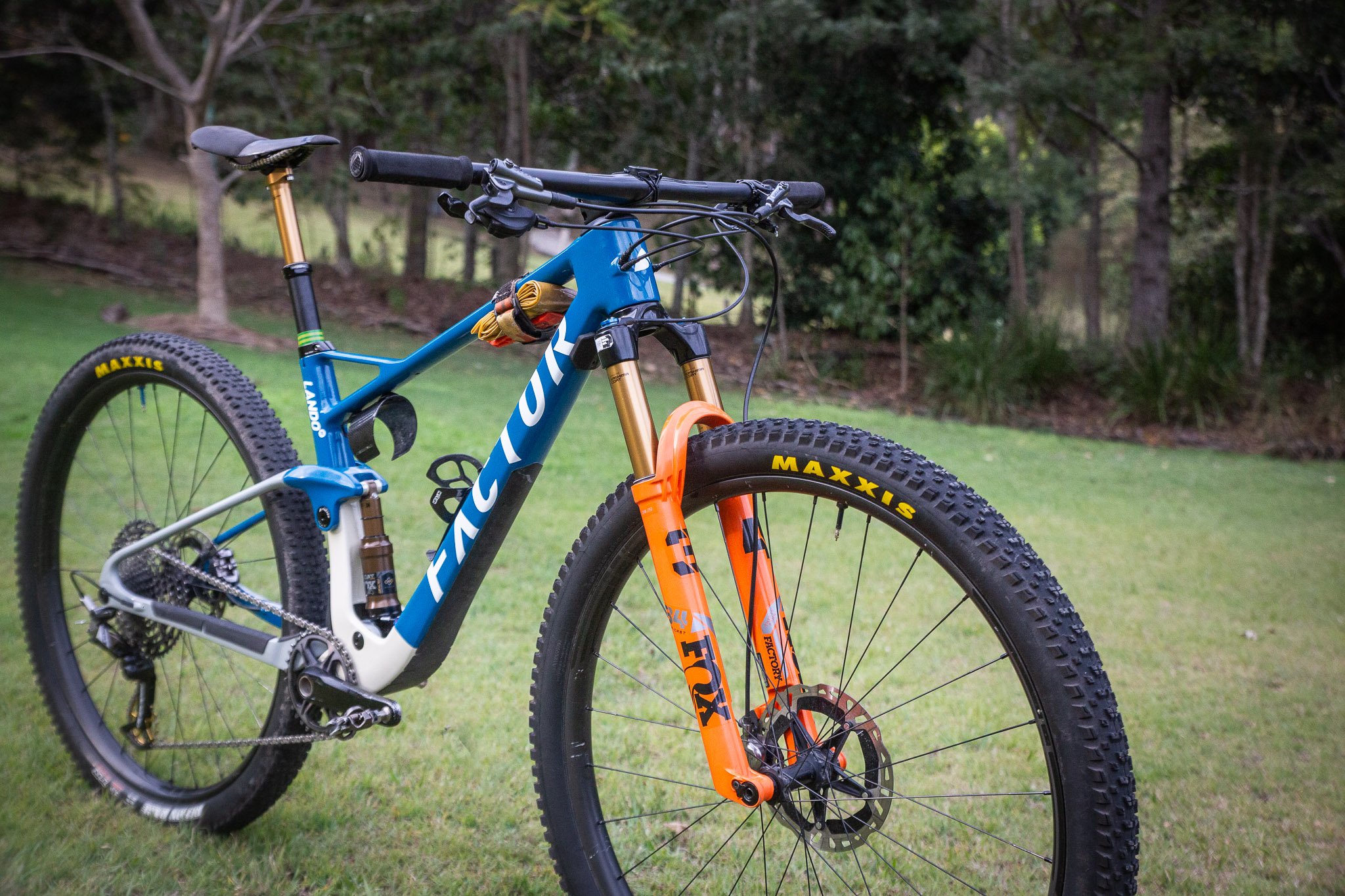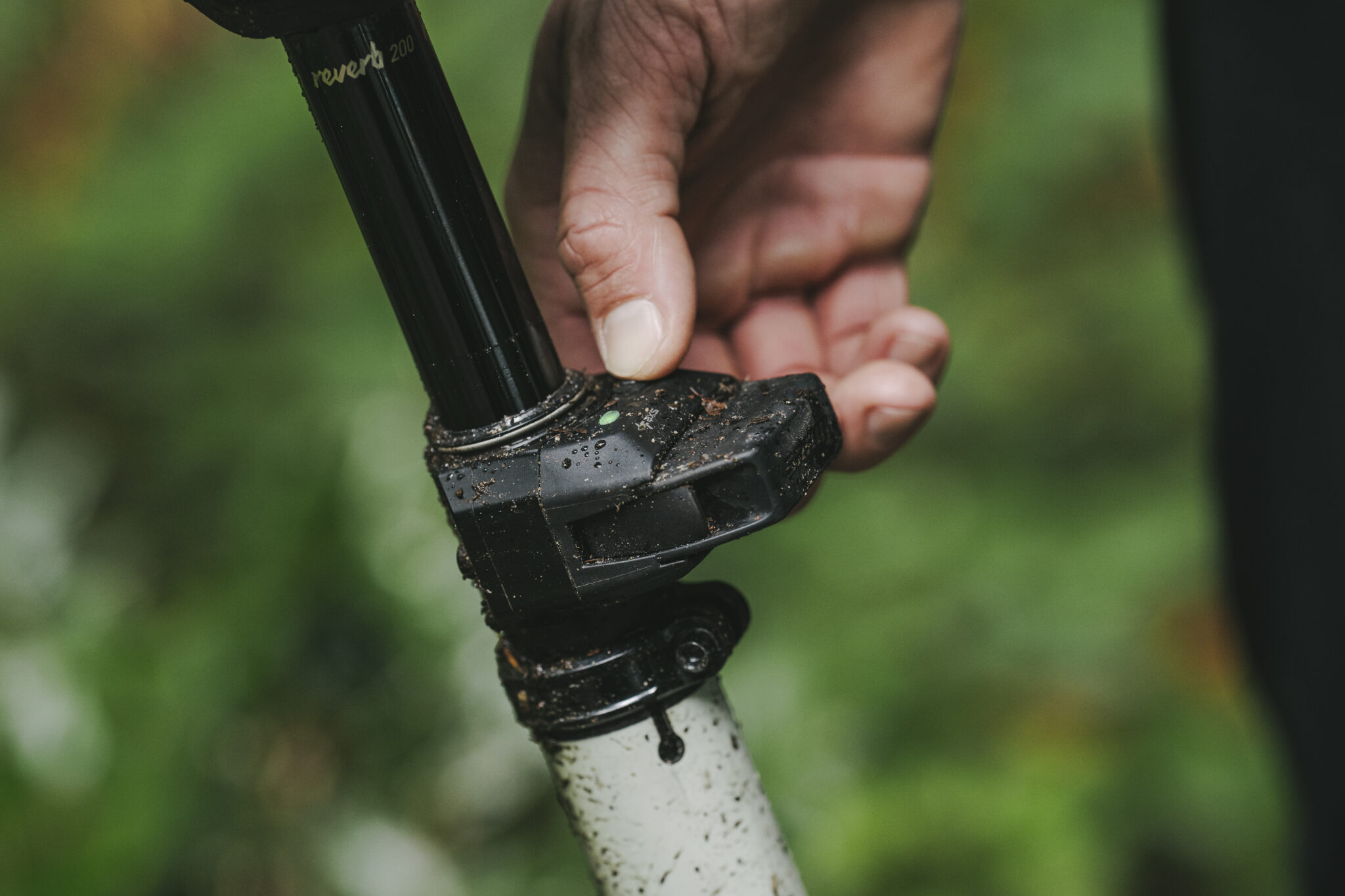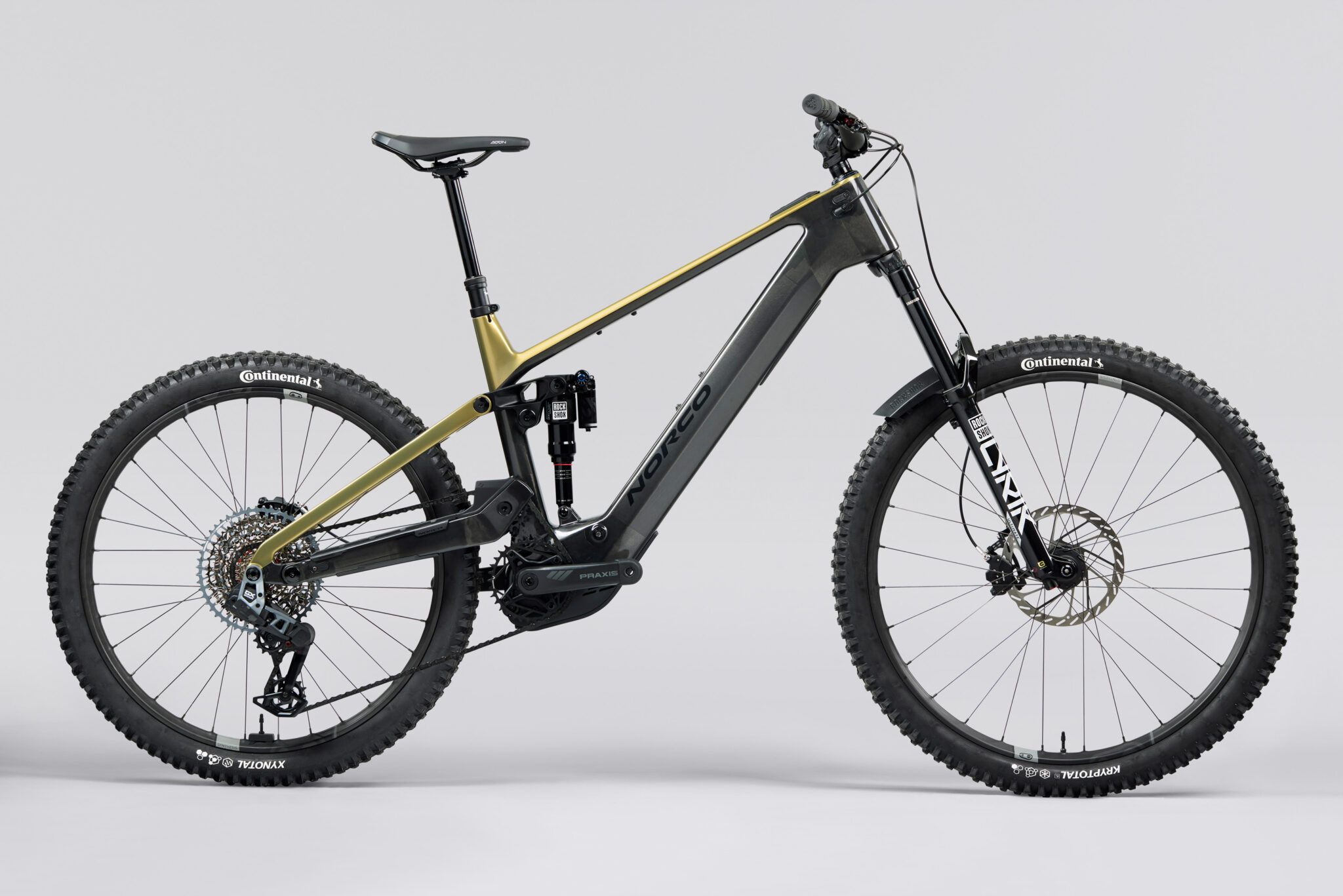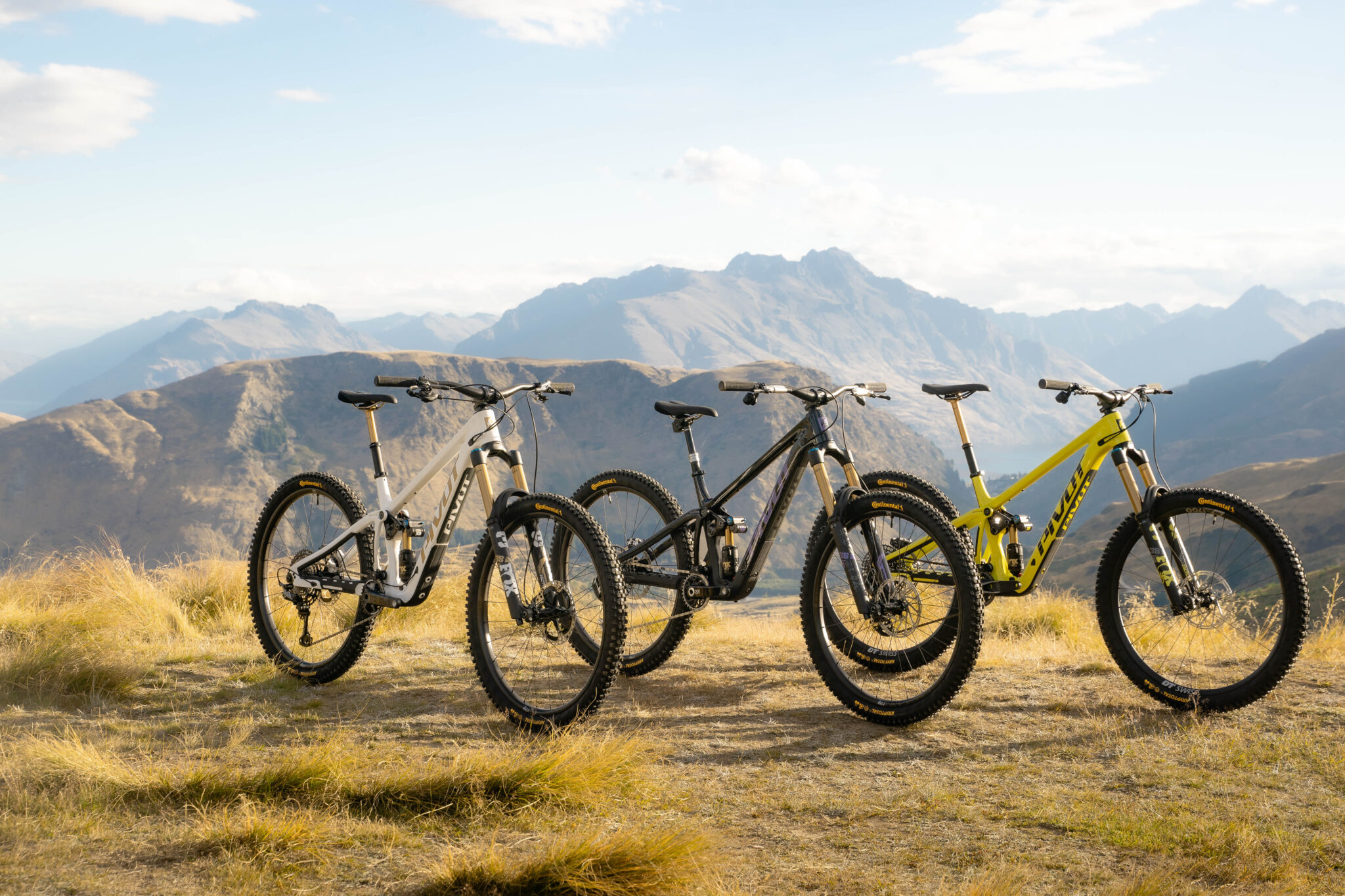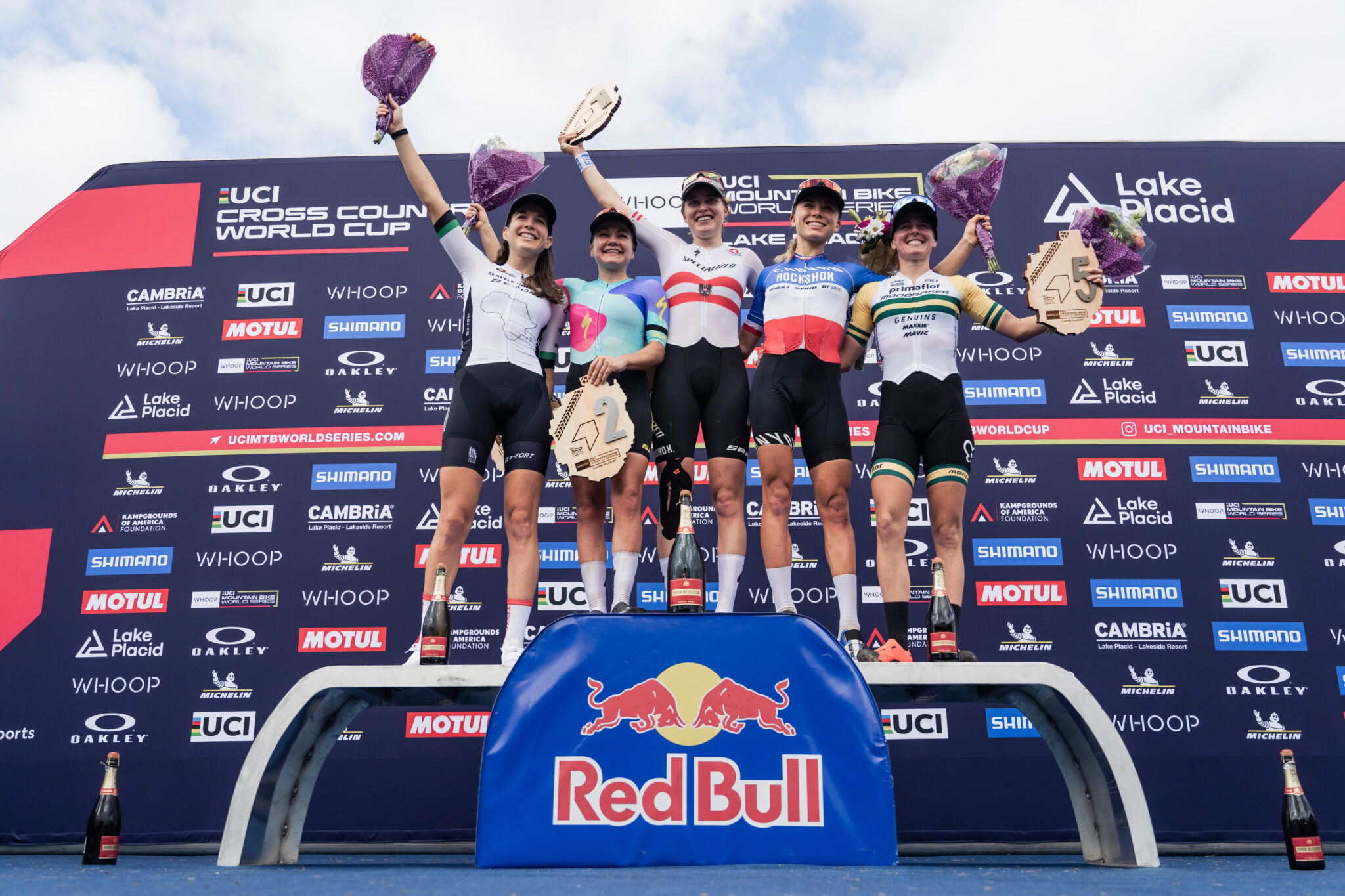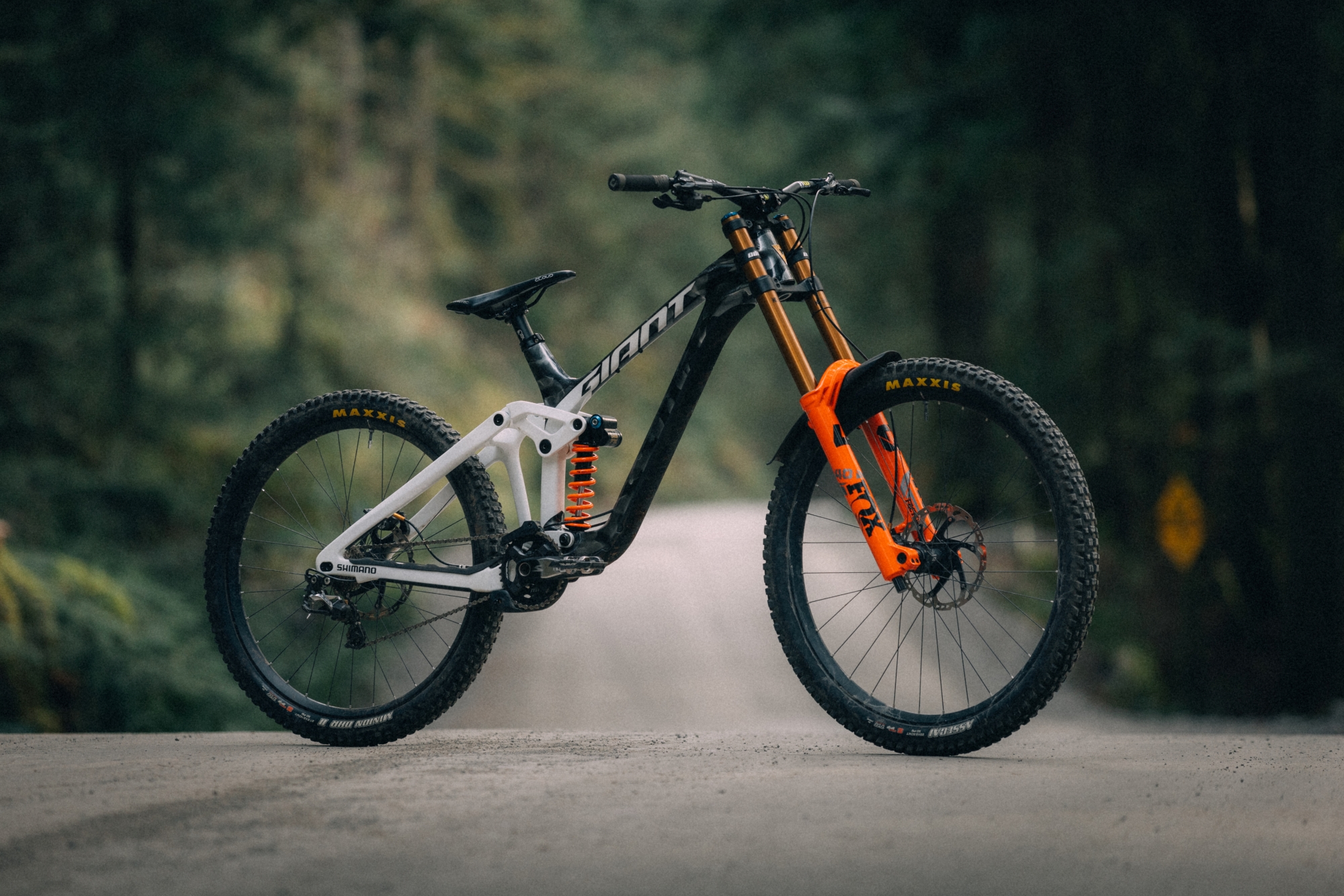Riding Singletrack 6 in Canada - beers, bears, bumbags and mountain bike stoke
With a name like Singletrack 6 - you'd expect some pretty good trails, right? Imogen Smith ventured to Canada to fact check this mountain bike stage race.
Photos: John Gibson and Jean McAllister
Bears, bears, bears. It’s hard to concentrate on the trail when all you can think about is grizzlies. Will I see it coming? What’s it feel like to have your face bitten off? Probably should have bought that bear spray.
It’s the day before Singletrack 6 kicks off in the Canadian Rockies, and I’m in Fernie. The town isn’t a whole lot more than a strip of traffic lights, restaurants and gas stations on a highway through a narrow valley. Venture a little way either side, though, and you’ll find a paradise of singletrack woven through the pine forested mountains. If you can face the bears, that is.
I end up in a dark tunnel of trees heading up and up. I’m going slow. All I can hear is the wind whistling through the tops of the pines and my heart thumping in the 1200m altitude. A noise. A stick breaking, down in the depths of the gully beside me. A rustling. I stop and listen, look behind me. Above me. All around. Then I scoot my bike around and dive downhill toward home. Rapidly. It’s fine. There’s plenty of riding in store. Singletrack 6 kicks off tomorrow.
Travelling alone with my bike around North America had yielded mixed results on the riding front. Road tripping from LA to Canada, I’d turned up in homeless camps and at locked gates. Even with mapping apps and a few friends, I’d found it hard to find trails as quickly as I would have with a guide, or even someone with a good sense of direction. I was ready for the curated trail experience of a stage race.

Canadian decoded
– Loonies and Toonies are one dollar and two dollar coins. You’ll need these to do your laundry
– Sorry, ay
– They say the way to get a Canadian to say sorry is to step on their foot. Canadians are one of the most courteous peoples on the planet, and ‘sorry’ is their way of showing they care.
– Extreme helpfulness
– While I’m on that, extreme helpfulness is just a part of the culture. Don’t be surprised if, in a supermarket, everyone chips in with their loyalty card to help you get a discount – whether you want it or not!
– Poutine: Canada’s national dish, a poutine has many variations, but at its simplest is a serve of fries covered in gravy and cheese, then served with a fork. Perfect recovery food!
– It’s all about the vert
– And here’s one for Aussie racers used to those full-gas starts and fast-moving bunches on flat sections. I was surprised by the chilledness of a mass start on flat bike path – in Canada, the racing’s more focused on the climbing and descending, not to mention the trails. Everything else is recovery.

The Canadian Experience
Riding in Canada is a bit different from Australia. First of all, the scale of what’s out there is grander, and it’s wilder. And I wasn’t imagining things. Seeing grizzlies is a very real prospect, so I guess that’s why people tend to ride in pairs, or with a bell, or with a very large dog. It’s a casual vibe. Lycra is relatively rare. Bumbags are relatively common. Trail is the genre. Slopes are steep, both up and down, and even the most straightforward singletrack is all a-slither with roots. In summary, riding here is harder, steeper, and better than Australia. The team behind Singletrack 6 want you to get a feel for it.

Singletrack 6 is run by the crew who started the TransRockies events some 21 years ago. Since then, their suite of events has grown to include mountain bike and gravel events, of which ST6 is the flagship, the jewel in the crown. Riders are welcomed into a sample of incredible trails that have been researched, ridden and re-ridden to develop a varied and comprehensive smorgasbord of trails that, in a million years, riders like me would never have found, let alone had the guts to go and (ahem, bears) ride. There’s the three day option, and in 2024 there’ll be a half-distance option, racing fewer kilometres over the six-day event, so the event’s accessible to virtually anyone: and that’s key.
On the menu at Singletrack 6
The 2023 stages at Singletrack 6 demonstrate just how varied and expansive the riding is. We start in Fernie where we take in the highlights of the local trail network, including the incredibly high intensity climbing of Hypervent, before heading north on day two, cruising on mixed and treacherously wet trails to the old coal mining town of Sparwood, finishing on an epic flow trail. Day three is held out of Crowsnest Pass, where we ride (or ride and walk) steep, technical step-ups to over 1800m elevation. Here, moving deeper into the mountains, we take in dramatic peaks before dropping into the rocky, gnarly Big Bear descent. Our second day out of Crowsnest Pass starts easy with a bike path, then kicks up a long climb to 2000m before we slide down into ultra-steep, ultra-old-school, tyre-width descents. Stage 5 at West Bragg Creek brings us a taste of the newer trails in a laid-back trail network, before our finale at Canmore, near Banff, where we take in a truly Canadian summer experience: pinchy mountainsides, forested trails, and my first bear sighting, mid-race (don’t worry, it was a black bear, and he was busy eating berries).

Singletrack 6’s timed descents tie all this variety, all this challenge, and the uniquely Canadian trail experience together. Towards the end of each stage, when the race is spaced out and the vibe has settled to a rhythm, riders are met with timed descents of a couple of kilometres or so. These shred-fests are often punctuated with sneaky climbs or other tricksy features to give riders a full micro enduro experience, and also herald the fact that the stage is nearly over, the hard work done, and it’s time to party.

Choose your own adventure is the name of the game at ST6. If you get in early, there are full accommodation packages available (you’ll need your own hire car). If you’ve got an RV, you can join the parade of summer nomads cruising from camp to camp. If you’re like me, and want to try a bit of everything, you can book some hotels, some Airbnbs, some hostels, and throw in a bit of camping for fun (hot tip: it wasn’t fun. Tent camping and point-to-point stage racing is a challenge –doing belly flops onto a camping mattress and trying to dry a tent tend to suck up a lot of time before a race start).
Feed zones are well stocked and generous, and the recovery station at the end of each stage was complemented by free drinks in giant coolers, and we were never too far away from a cool stream for some hydrotherapy. Most of the time the weather was warm – even hot – with a couple of massive afternoon storms to mix things up a bit.

The vibe
Canadian values of fairness and a deep sense of equality resonate through the event, which has less emphasis on competitors at the top end of the field, or on prize money, and more on the experience of riding in the wilderness, and feeling at home in the communities that host us. Canadians are a weird blend of extremely courteous and extremely laid back. The men are barrel-chested, taciturn, and dry humoured. The women relaxed and serious at the same time. It can be hard, at first, to get a conversation going, but in the recovery tents after the racing is done, eating chips and pickles (weird, but it’s what the people want), or icecreams, or beer, everyone starts to get to know each other. It’s an international event, with 19 countries represented, including Australia and New Zealand (Kiwi Cameron Jones took the win in the open men’s field), but we all have bikes in common. Cool trails, nice people, awesome views. Canadian summer at its best.

Four ways MTBing in Canada is different
1. Bears, bears, bears
2. Steeper climbs, steeper descents
3. Literally everything has roots on it – which is fine until it rains
4. Technical riding is all a few levels up on Australia – the trails are harder and the standard of riding is better
Singletrack 6 2024
The Singletrack 6 crew make it their mission to showcase the best the Rockies have to offer. And because the Rockies have a hell of a lot to offer, riders can enjoy different courses and different course towns every year. In 2024 the event heads to the West Kootenay region, taking in the towns of Castlegar, Nelson, Kaslo, New Denver and Nakusp between July 11-16, 2024

Best bike for Singletrack 6?
While I’ve been talking about the ‘trail’ vibe that pervades the Canadaian mountain bike scene, racing is racing, so dual-suspension XC bikes are the go, and given that a lot of Canada is more wet and more rooty than the trails we rode during summer in the Rockies, a lot of my Canadian counterparts were running less aggressive setups than I was (think Aspens to my Rekons).
I loved my bike build, although on the wetter days I wished I had spent a little more time on suspension setup for the slippery conditions.
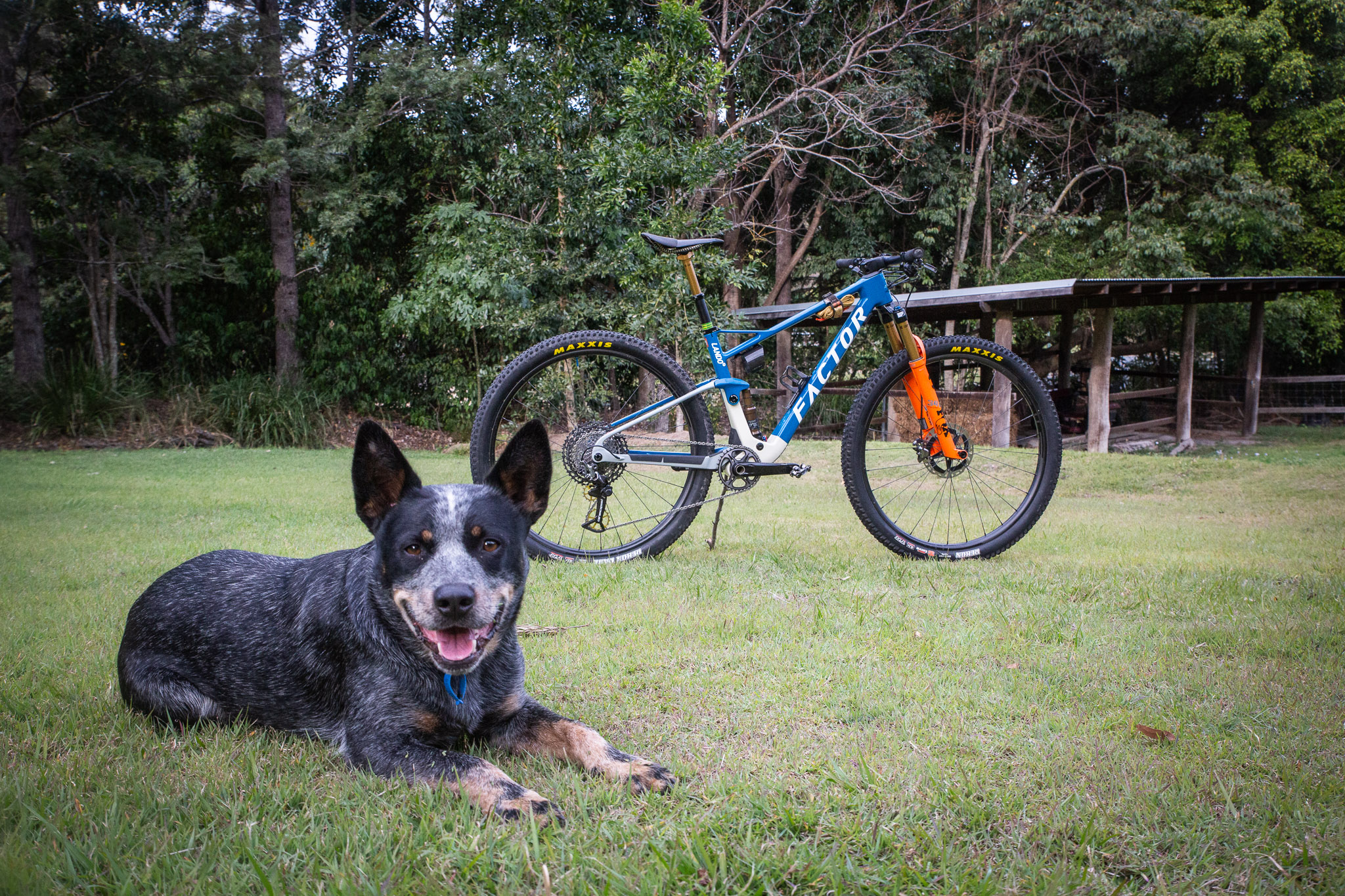
I rode a Factor Lando XC that was built specifically for stage racing on tough terrain, with 115mm of travel via a custom built Fox DPS EVOL rear shock, with a push to unlock 2-position damper with remote lock out.
I ran a Shimano XTR M9100 12-speed group set with 34-tooth chainring and 10-51 cassette. If I could have changed anything on this bike, I would have opted for a 32-tooth. The climbs were steep.
I used two-piston Shimano XTR M9100 brakes, 180mm front rotor and 160mm rear. Centrelock with metal pads. These were totally awesome and never faded, although unfortunately in an effort to go light I didn’t take a centrelock tool and left my brakes on my wheels for air transport to North America – rode the entire trip with a slightly bent front rotor.
I ran two bottles in the frame (one full-size, one 500ml was the most I could fit). I also ran a Camelbak on some race days when opportunities to drink were limited, and/or I didn’t want to stop at all.
I used a Maxxis Rekon 2.4″ on the front, and a Rekon Race 2.35″ on the rear, with a Tubolight SL tyre liner. I was surprised that the locals ran less tyre than that, being way more used to the wet than I was.
